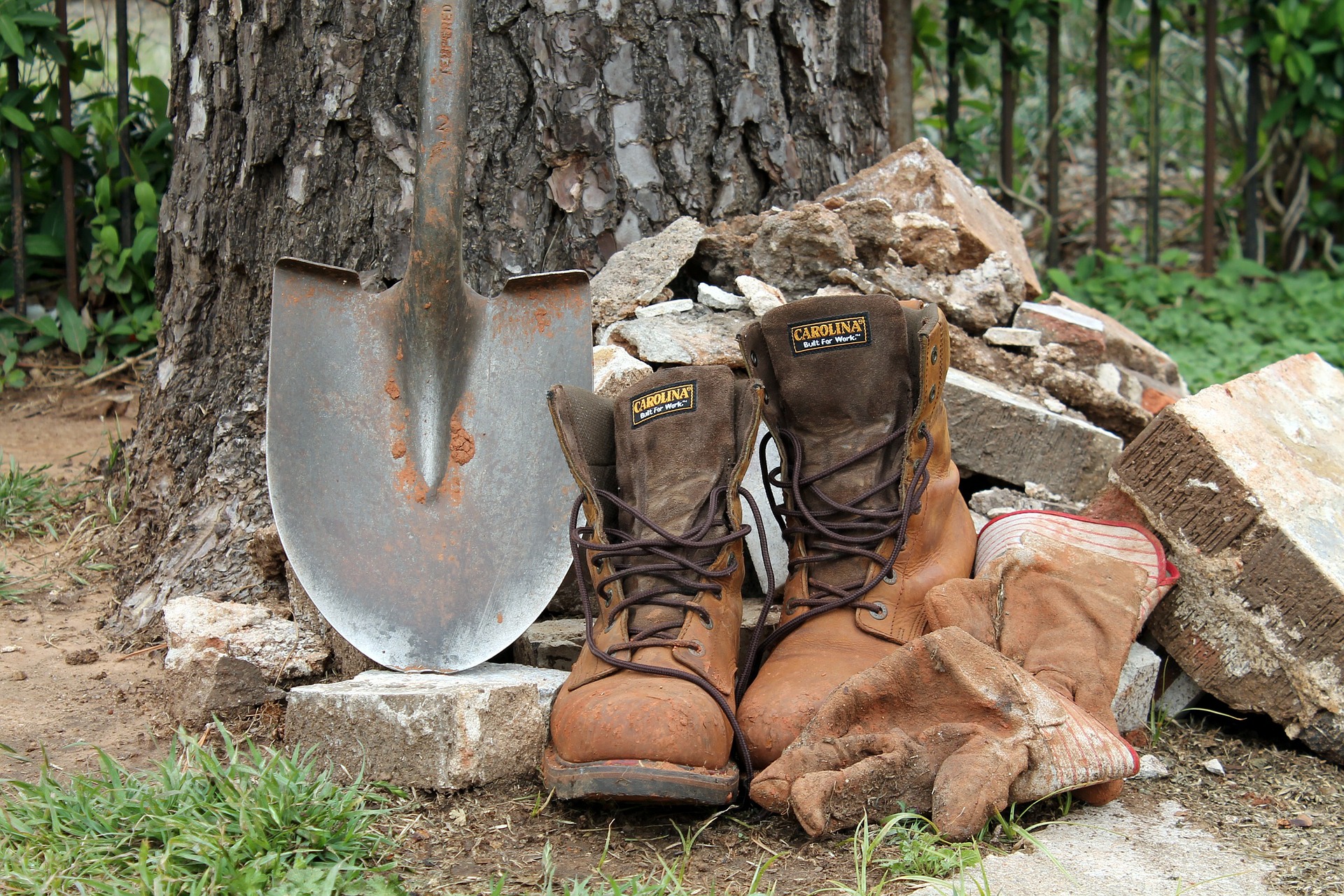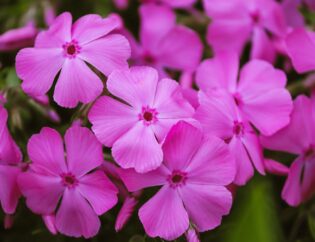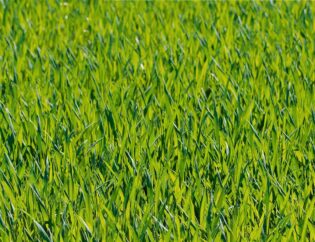
Got too much grass?
Most of the time, homeowners are looking for ways to grow a luscious, green lawn. Sometimes, however, they might need to learn how to remove grass instead.
Perhaps they want to make way for flower beds, a vegetable garden, or a playground. Or maybe patchy grass that’s been worn down by the family dog needs to go to make room for new plants. Sometimes, Bermuda grass has become invasive, or thirsty tree roots and dense shade make it impossible to keep an area under a tree from being an eyesore.
Regardless, here are 5 easy ways for how to remove grass.
1. Use a Shovel
This method is labor-intensive, but it’s simple enough. Get a shovel and dig the sod out to get rid of grass. Water the area well a few days before so the ground is wet and will stay together. Don’t go overboard, though, or it will be heavy and muddy instead.
If the turf is nice, homeowners may wish to transplant it to another area of the yard and not kill grass but move it instead. In that case, care must be taken while digging under the roots to cut out a piece of sod that can thrive. For that purpose, use a sod cutter to create even strips. Otherwise, the grass can simply be dug out without being delicate.
2. Break It up With a Rototiller
The next method for how to remove grass works when the sod doesn’t need to be preserved. A tiller simply turns the grass under the top layer and mixes it in with the soil. Keep in mind that a tiller can be hard to maneuver and this method still requires physical effort.
An advantage is that tilled garden beds can be planted immediately and there is plenty of organic matter to fertilize the soil. This doesn’t happen when the sod is dug out, taking the top soil and organic material with it.
However, weeds and pathogens can be a problem because the seeds and cuttings remain in the soil. An easy fix is to delay replanting and allow the weeds to spring up over a few weeks. Pull them by hand, use an herbicide, or cover the area with paper or plastic to smother them. Then, go ahead and plant as usual.
3. Cover With Cardboard
Another option is to put nature to work. This method will take a month or two in the summer and longer in the winter, but homeowners can avoid the backache that comes with the first two methods.
Remove grass by covering the entire area with pieces of cardboard or layers of newspaper. Make sure that no light can get in. Without light, the grass can’t photosynthesize and this method will eventually kill turfgrass.
Homeowners can plant immediately with this method by punching holes through the newspaper or cardboard.
4. Try Solarization
The next method is solarization — which means turning up the heat with a sheet of plastic. If you’ve ever left your children’s kiddie pool out on the lawn and lifted it later to reveal unhappy grass, you’ve seen this method at work.
Clear plastic (as opposed to black plastic sheeting) is used to let in as much light and heat as possible. The heat dries out and kills the grass, eventually destroying the lawn completely. Bury the edges of the plastic sheeting to keep the heat in and keep the plastic in place during windy conditions. Mulch can be used for this purpose.
This grass removal method also requires a few months to complete. Remember that plastic doesn’t biodegrade and should be removed when the job is done. Likewise, dead grass should be removed at the end of the project.
While there are benefits to each of the different methods of lawn removal, solarization is one of the best for killing weed seeds. When considering a large area, controlling weeds at the start is well worth the effort before the new garden or installation is in place.
5. Apply Herbicide
This one isn’t generally good for the environment, but it is an easy way to remove grass. Simply apply herbicide.
Use herbicides with care and always read the directions. Choose an herbicide that targets grass only and then still be cautious with overspray. Herbicide damage to desirable plants can be devastating and an ounce of prevention is definitely worth a pound of cure.
Avoid using herbicide when it looks like rain or on windy days, as the poison can be washed or blown onto other plants. Always wear protective gear like gloves, long pants, and a mask when applying herbicide.
Herbicide works quickly, but thick, healthy sod may require more than one pass to fully die out. Always wash hands at the end of a chemical application, and read the label thoroughly to decide when to plant your garden afterwards.
Rather Keep Your Weekend?
Yard maintenance and lawn care can be home improvement headaches, and taking the time to kill your grass can also kill your weekend! If you’d prefer to hire it out and get it off your plate, look no further.
Our team here at Atlanta Turf & Tree has over 35 years of combined experience in the industry and has been making yards like yours beautiful since 2007. Contact our landscaping services experts and get your landscaping project off the ground today.









